Description
Distressed furniture: Achieving a vintage, worn, or rustic look
Distressed furniture fits in with vintage-inspired trends, depending on the intensity of the distressing. You can also include them in industrial-style decor. They’re also suitable for furnishing rustic homes. Combine more intense colors, such as blue and green, with a wood background or a range of whites for a modern rustic look. We’ll show you step by step how to achieve it.
1. Prepare the furniture to achieve the distressed look.
Prepare the furniture, whether it’s used and you want to change its appearance, or if it’s raw wood, you have to start from scratch:
If the furniture is painted or varnished, you’ll need to remove the old finish. Also, remove any hardware that might be getting in the way.
If it is raw wood, you have to sand it first.
Do not apply any sealer or pore filler because the goal is for the base to easily appear when you carry out the stripping process.
2. Choose the background color for the stripping
Generally, a dark shade is chosen, but they can also have a background of another color (blue, green, maroon, red) in a deep tone.
If the furniture is already made of dark wood, you won’t need to do anything. If it’s a raw piece, you’ll need to apply the base color with a coat of paint in that color (in this case, a pre-coat of sealer is recommended).
3. Paint the furniture in the main color
Apply the main color of paint you want the finished piece of furniture to be. Typically, you’ll use a cream, off-white, light gray, or other shades of these. However, other colors are also acceptable. It’s up to you. Two coats of paint are required.
4. Remove the paint to give the stripped look that comes with wear and tear on a piece of furniture.
Before removing the paint to give the furniture that characteristic stripped finish, make sure it’s dry and sand the areas where wear and tear is most common, such as the countertop, edges, corners, and leg profiles. For these areas, it’s best to use medium-grit sandpaper. If it’s too coarse, you could scratch the furniture.
You can use a small painter’s knife for the corners, being careful not to damage the wood. If in doubt, stick with sandpaper.
Make sure the look is as natural as possible, checking the effect every so often until you achieve the desired finish.
5. Sand to achieve a smooth, even finish
Using fine-grit sandpaper not only removes imperfections but also smooths the edges where you’ve removed paint. You can use a sanding sponge, sandpaper, or steel wool, all with 00 grit.
6. Accessories
If the piece has drawers or doors, it’s time to replace the hardware you previously removed. Take this opportunity to add new hardware to accentuate the antique, vintage, or shabby chic style you want to give your piece.

